Martin & Mandy
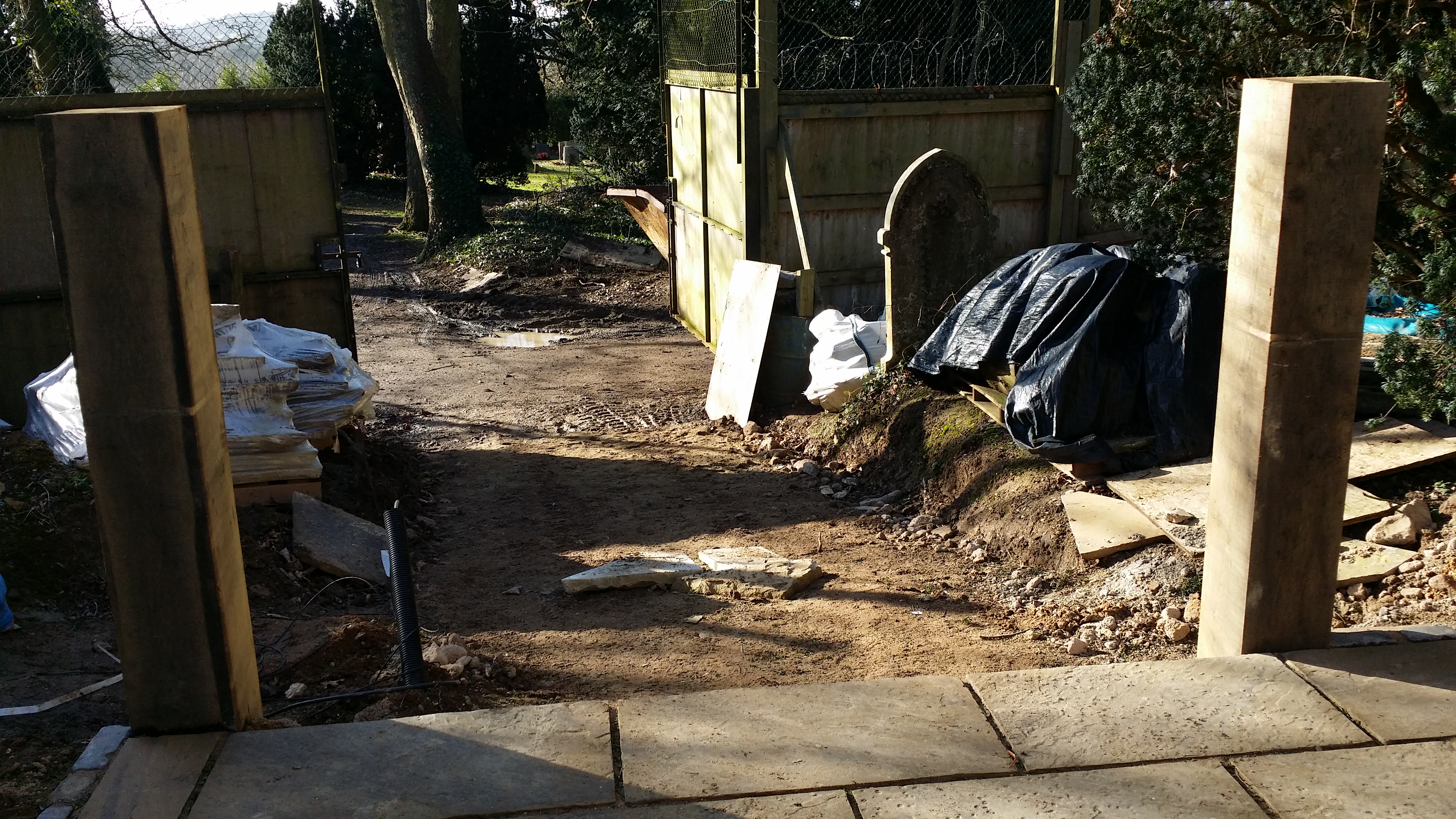
Steps are cool things especially if you want to get from point A to point B and its downhill, not so much fun if it's uphill, but they're still useful. There are a whole pile of steps being used at St Bartholomew's and since we have colour now we thought we'd tell you about them with pictures.
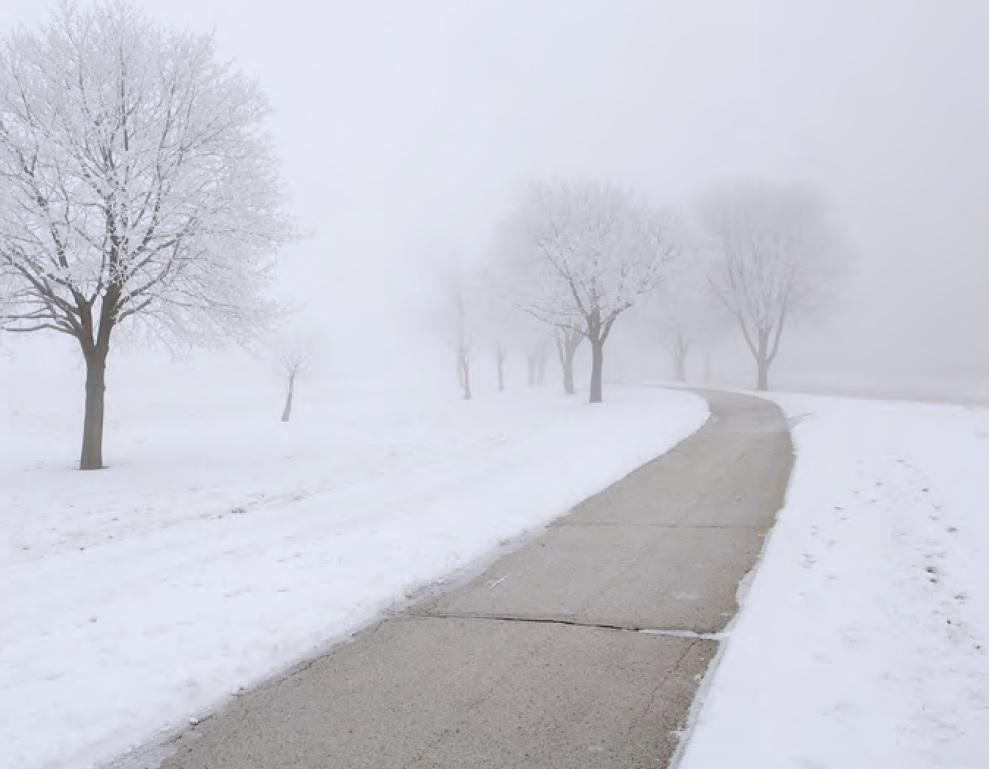
The Church and the Causeway sit at two very different levels - we now have a nice York stone path running around the church and up the lime avenue, but we have a bit of a mess just inside the gates where the changing levels meet. The Sycamore tree that was originally on the corner went a long time ago, but the stump was still there. The Hertfordshire Tree officer kind of hates Sycamores, and I have to say they do appear to growing in a wild and uncontrolled way along the causeway, so we agreed that for the safety of the church, this one had to go. Anyway, Peter (the bloke doing all the ground work) sent one of his chaps Dan along with a JCB and the stump of the tree was no more. Dan's very skilled with diggers - if you gave him half a dozen eggs and asked him to move them to the other side of a room with a digger I would be willing to bet he could do it without breaking a single egg. I might even take you up on a bet where he had to do this blindfold too!
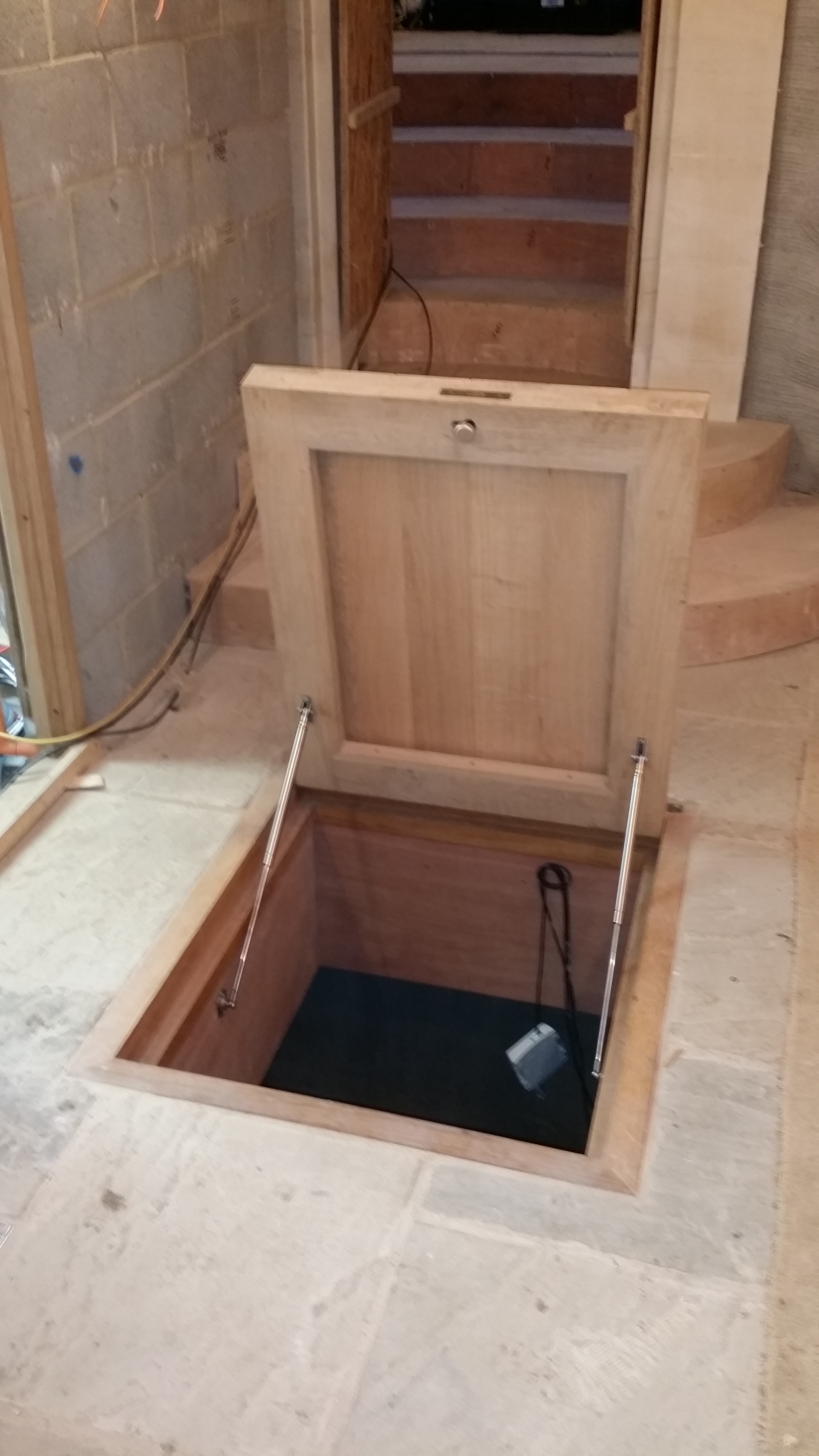
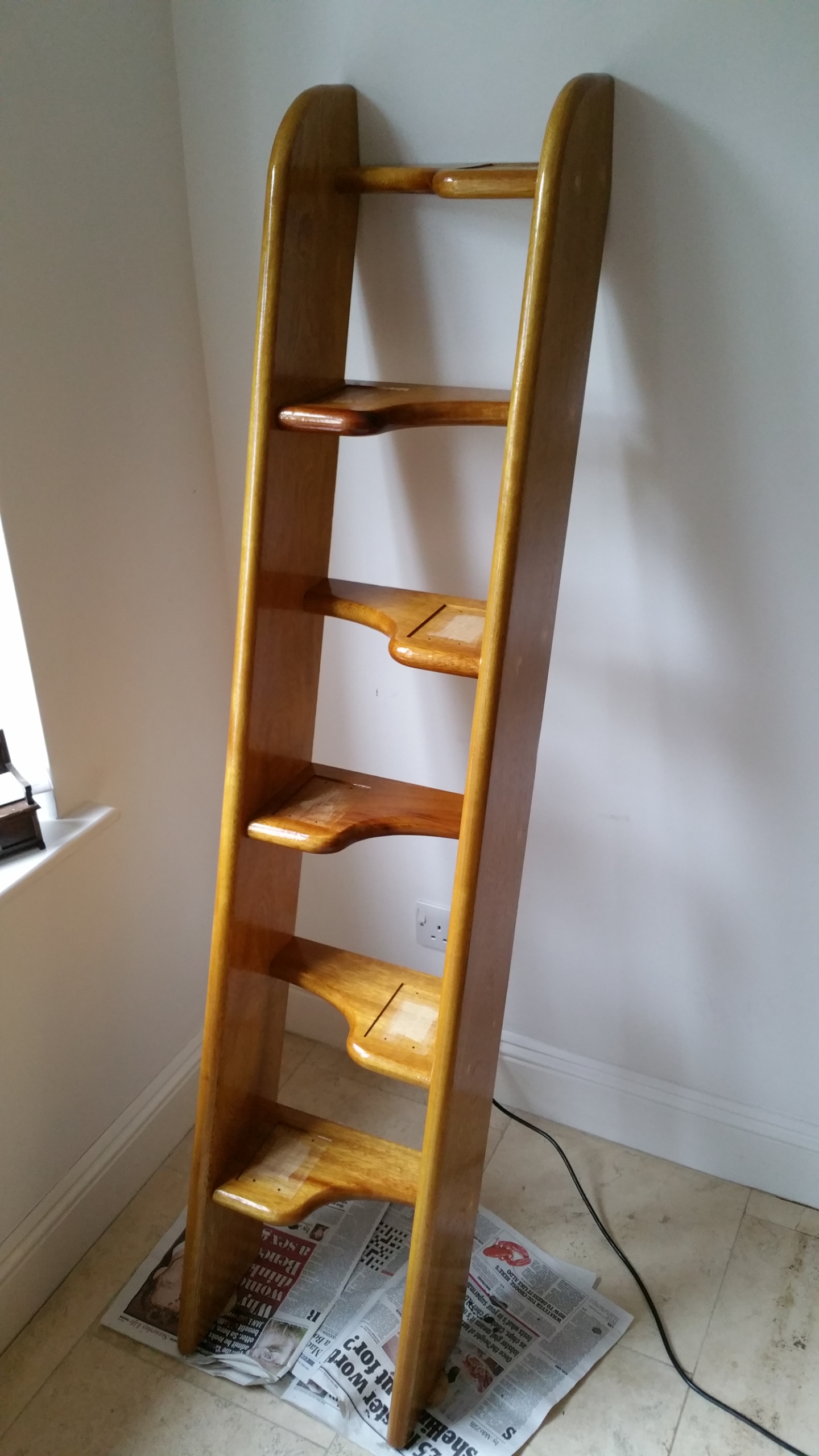
Eugene and Dan have been sorting out all the York stone paths, they have encircled the church and installed the two posts for the gates on the western edge by the tower. So we now have 15 foot of slope to get from the path at the edge of the site to the Causeway below and we are going to do this with five steps. Only problem here is that in the winter the surface of York stone gets a bit slippery. Also if it ends up covered in snow then you get a layer of ice too, and I'm really not that keen on walking down steps that are covered in ice! So technology has to come to the rescue. You can get external under floor heating that uses a sensor to measure the temperature & moisture content of the air so it can work out when the heating needs to be on to stop the snow settling and ice forming. I used a small amount of this on the balconies on top of the Nave, so we know it works, so that's the plan.
Next problem, steps down into the basement, we had a bit of a fight on our hands ages ago to ensure that everybody buried in the Nave stayed there and did not suffer at the hands of bureaucracy and get cremated. In the end we built a new vault under the basement and installed everybody there. By the time our residents were bricked into their new home we had a small useable area which needed some form of steps to access it - but there's not a lot of space down there.
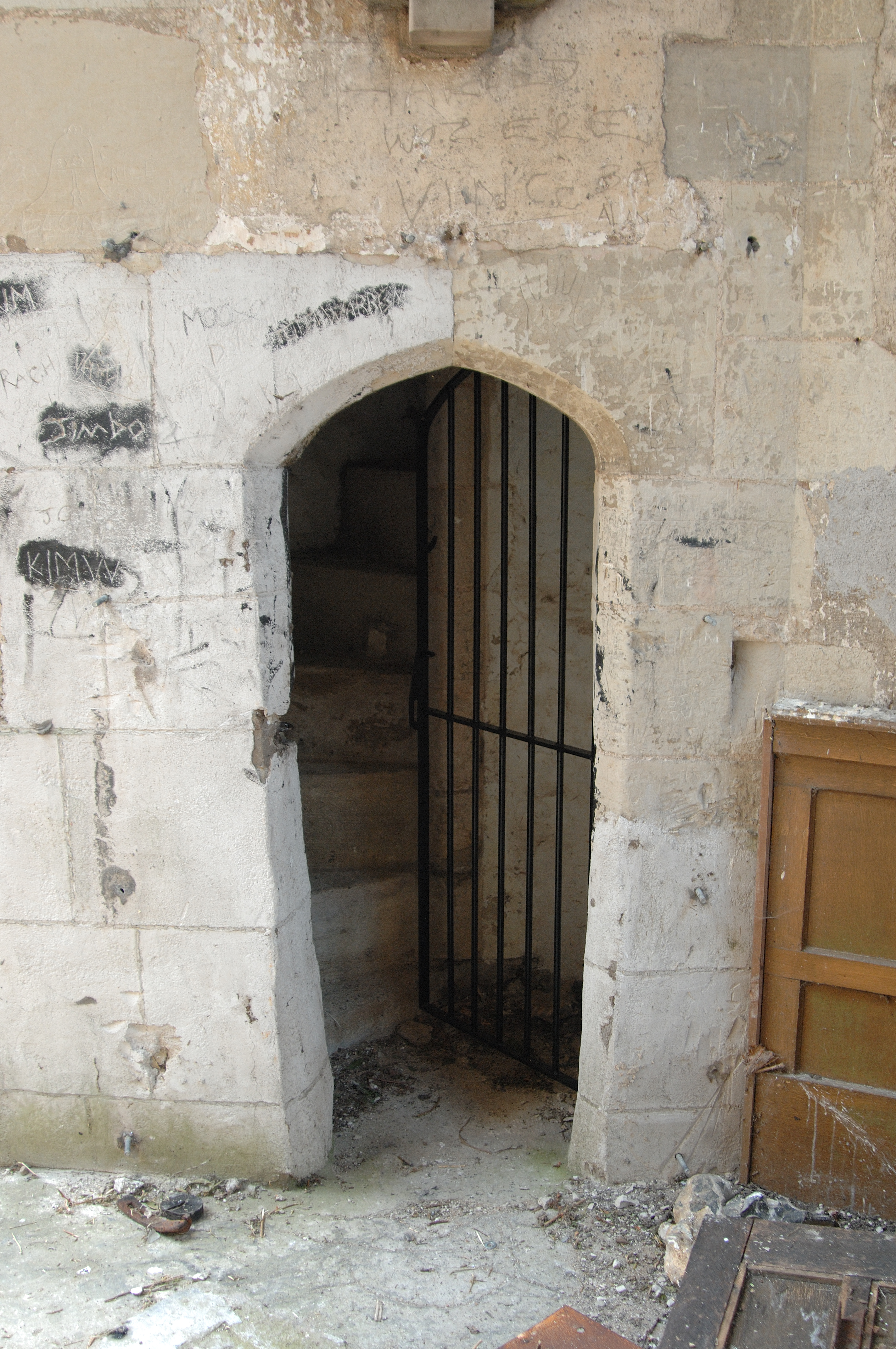
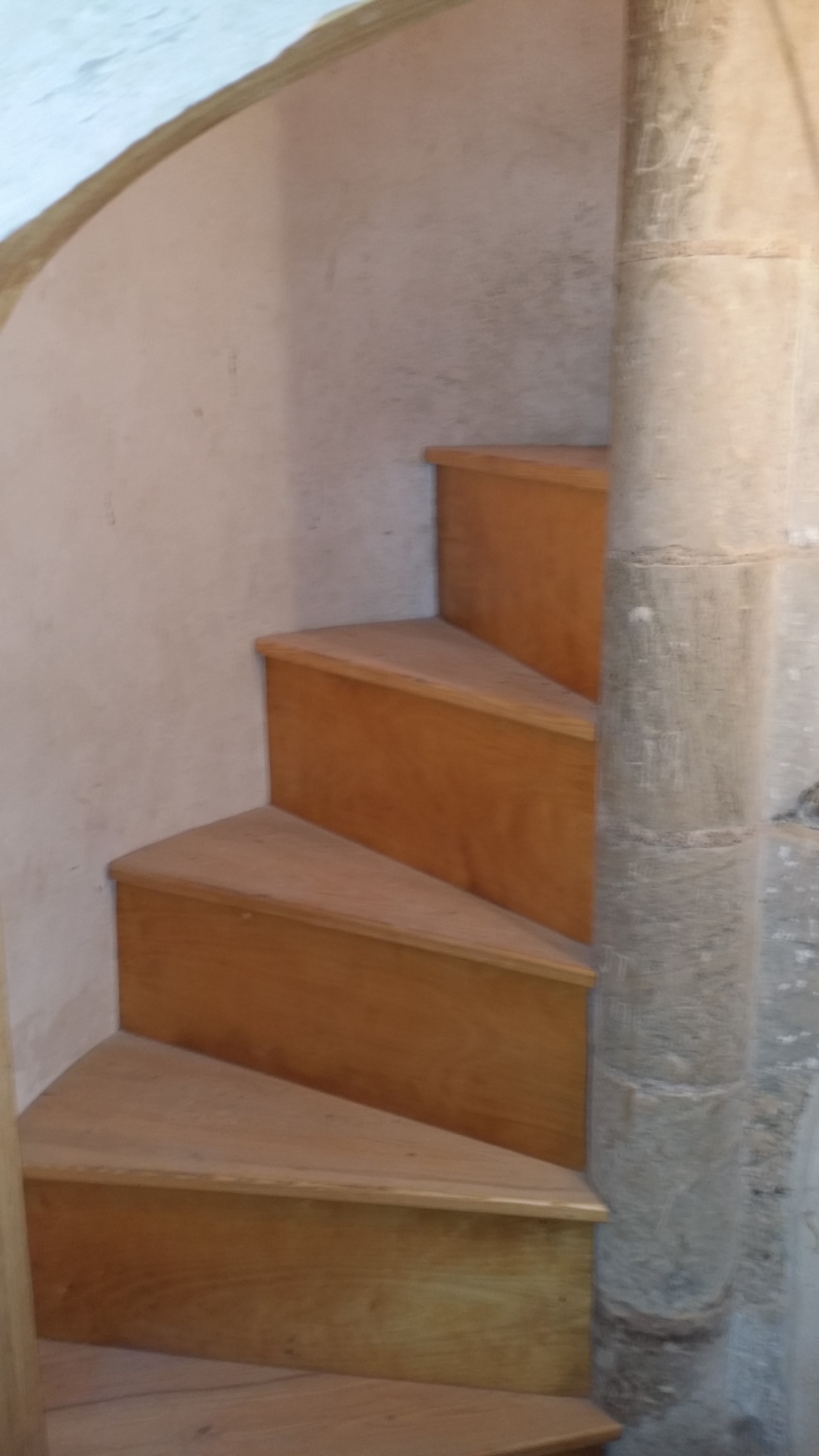
We fitted a trap door into the floor which has hydraulic pistons on it like you get on the tailgate of a car so that it can be opened easily, then we tried to work out how we were going to fit in a staircase. Ships have the same problem which they solve by having a very steep set of steps and cutting each step away on alternate sides so that your feet can easily alternate. So I hid myself in the shed for a while and made a set of these. Since it's in a cellar it can get a little damp down there so I used 'Iroko', which is an African hardwood that you can pretty much immerse in water for 100 years and it will still be intact when you take it out.
The last set of steps here are the ones in the staircase going up the spiral in the Tower - the whole church is built of clunch which was easy to get locally. However there is a problem with clunch in that it wears quickly, so over time you end up with a depression in the middle of the step. To solve this you can fill the depression with concrete, which the friends of Layston did. and that prevented more wear, but it didn't look pretty. So we removed the concrete, corrected the rise on each of the steps to make it a comfortable climb, then used Ash to clad the whole staircase. The end result works well as a set of stairs and the originals are still under the Ash but in a better state than when we found them.
For more history and information related to St Bartholomew's visit www.layston-church.org.uk or follow us on Twitter @layston_herts
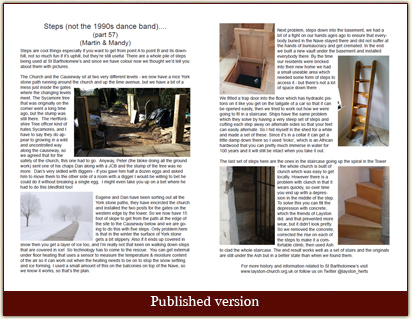
 |
|
 |

